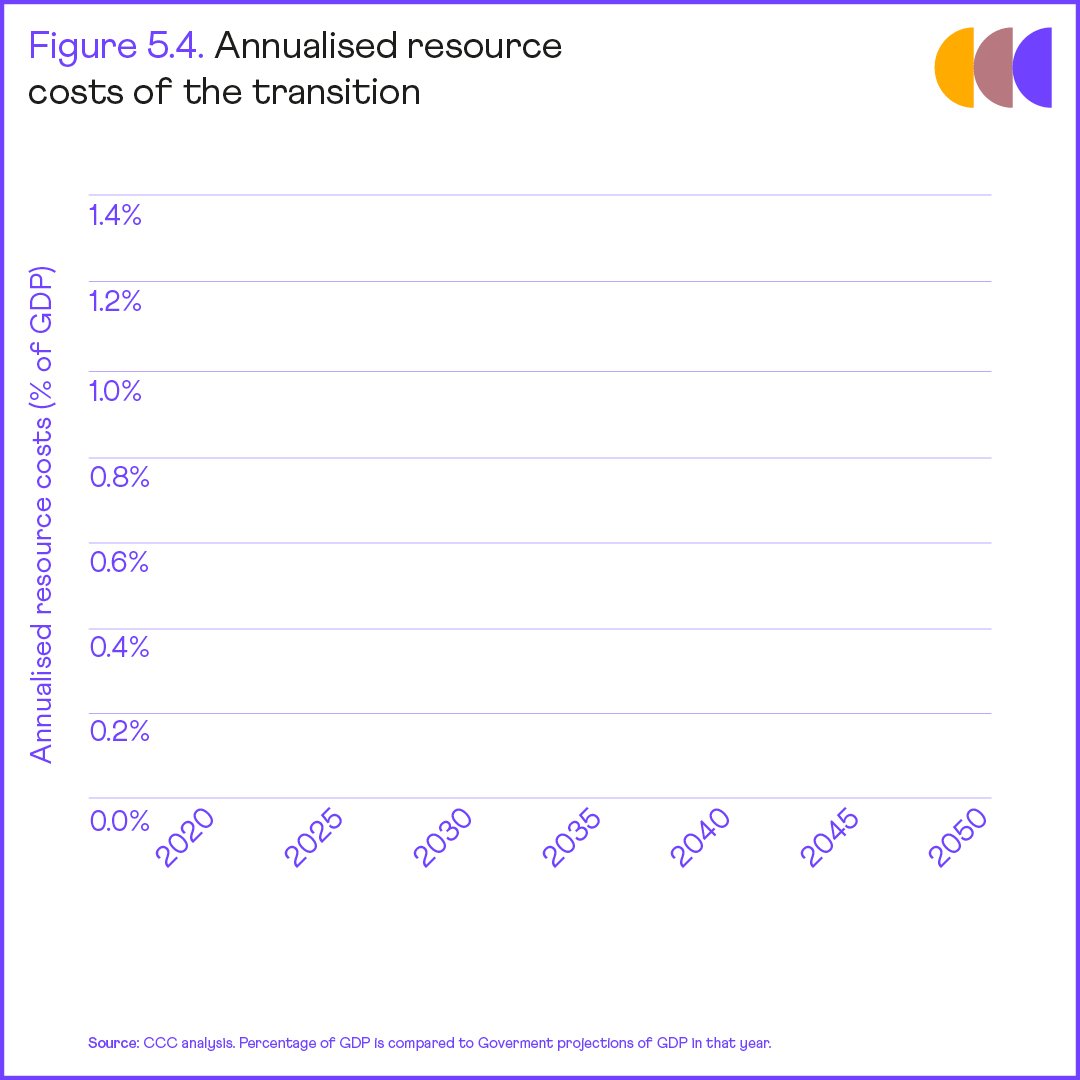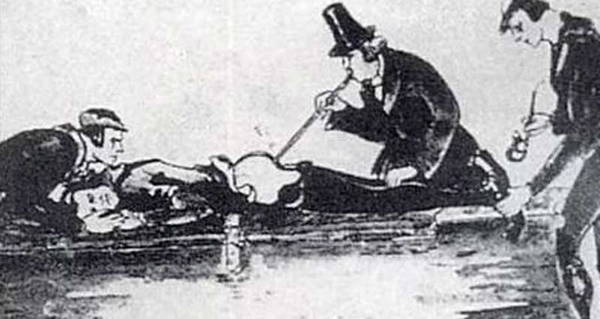It has become the accepted norm in the UK that to plant a tree, you need to put your sapling in the ground and then wrap a plastic tree guard around it.
Long thread here... from Keith, on tree guards:
I really don’t want to spread 120,000 plastic tree guards across the side of our lovely hill, the hill where I grew up and now farm, on the eastern edge of the Black Mountains. So, I’ve taken a good look at the pros,... 1/25
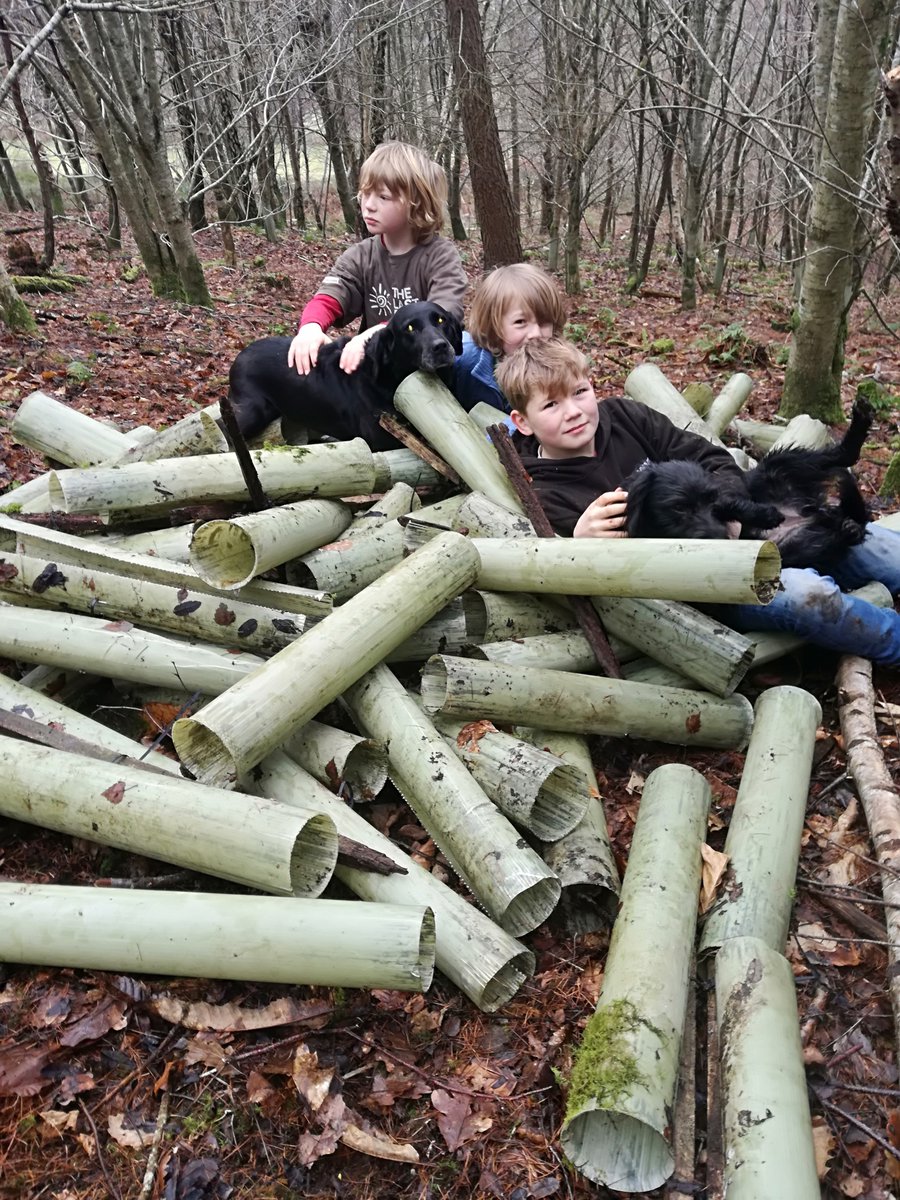
It has become the accepted norm in the UK that to plant a tree, you need to put your sapling in the ground and then wrap a plastic tree guard around it.
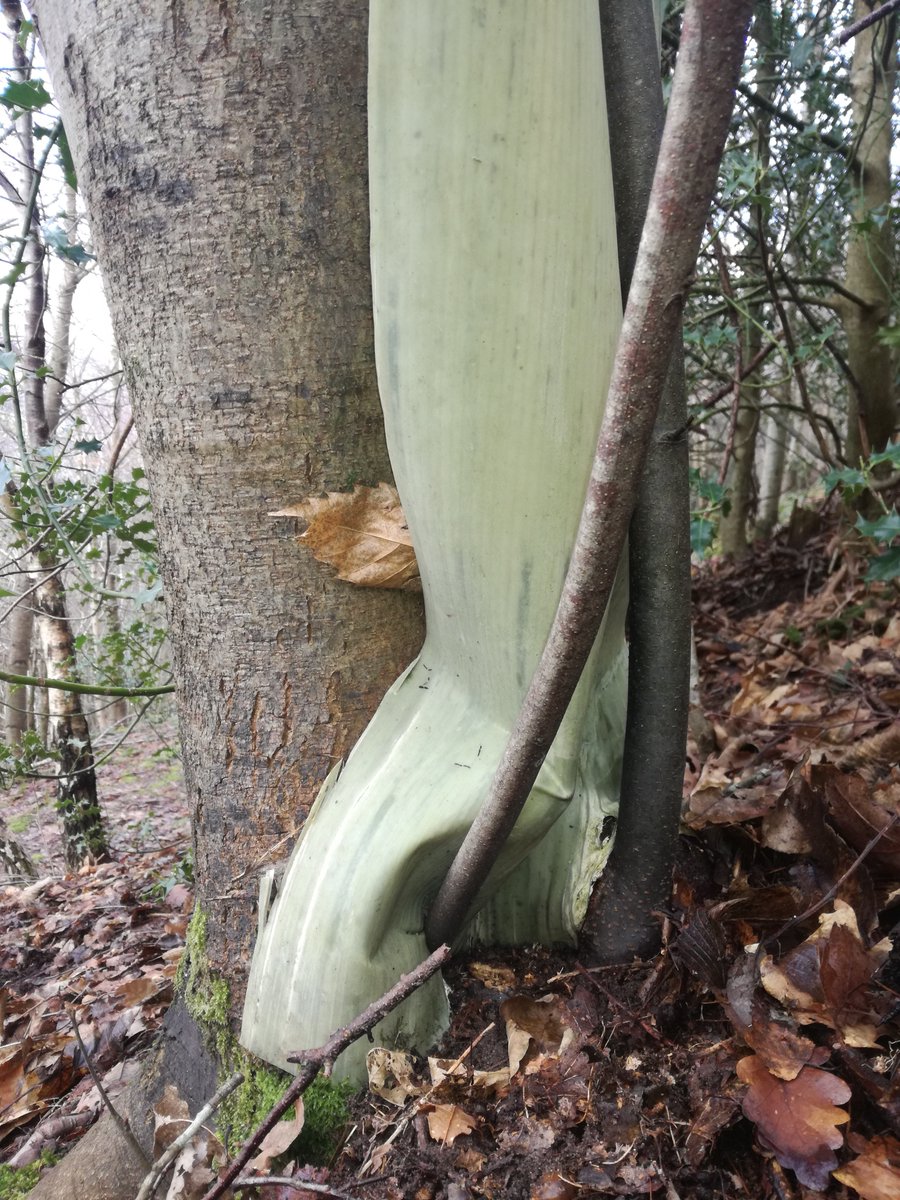
•protect your saplings from things that want to eat them;
•provide a microclimate, which enhances tree growth, according to the manufacturers;
Critters!
Tree guards protect saplings from browsing and nibbling by rabbits, hares, voles and deer. So, if you have populations of these animals where you are planting...
Manufacturers claim that plastic tree guards increase survival rates by 25%, and that they saved 13 million saplings in the UK, in 2019.
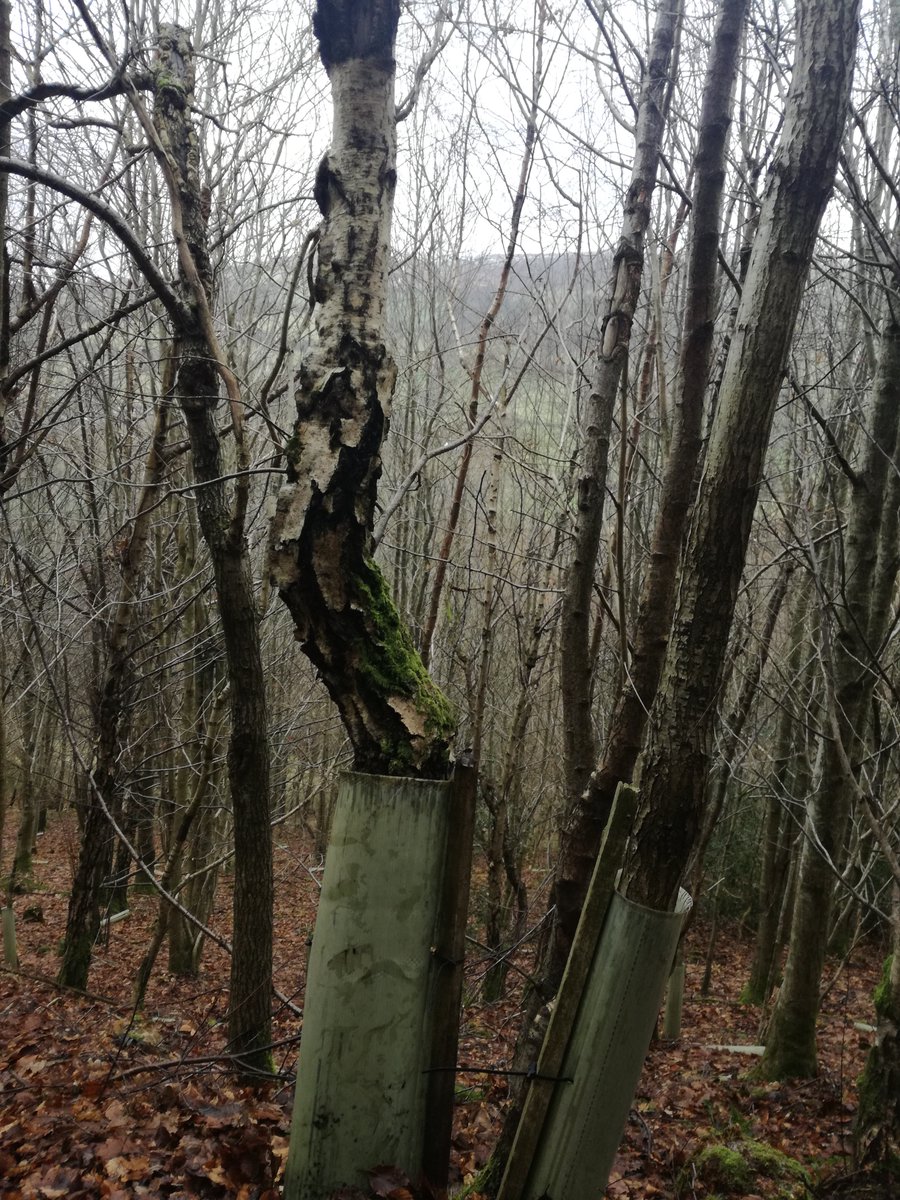
Manufacturers, and their sales departments, make much of the amazing microclimate created inside a tree guard: they say plants photosynthesise better, manage CO2 better, and grow bigger, better and stronger as a result. Two points about this.
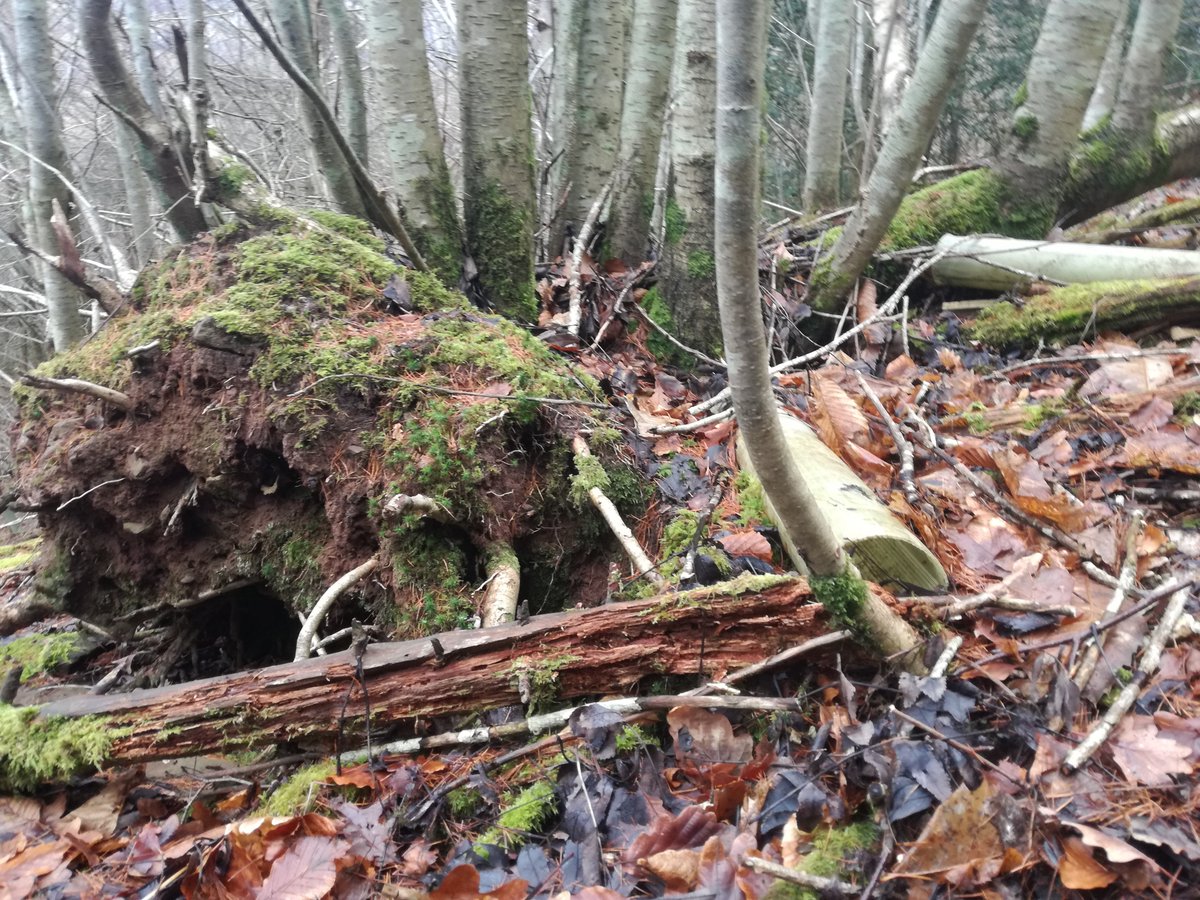
Over millions of years, trees have evolved to race for the light created when an old tree falls and...
The costs of tree guards raise some interesting questions. It costs roughly one pound to buy, plant and place a cane by a tree. It also costs roughly one pound to buy, fit and remove a tree guard. This raises the possibility of planting twice as many trees, if you are not
One thing I must mention is that removal of the guards is essential, not just because they look awful and are polluting; but left on the tree, they can cause serious damage. This can happen in several ways: the guard rattles about in the wind and abrades...
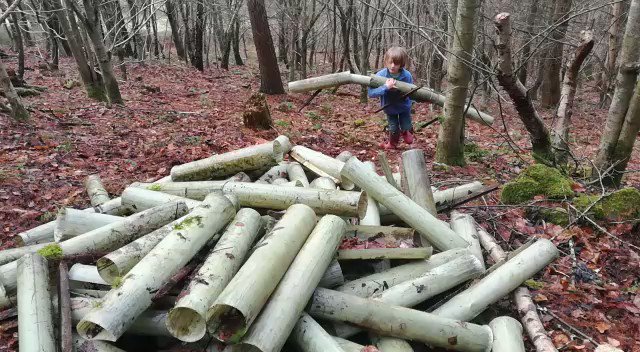
This is true. However, although it is important to be able to find the tree, a simple cane will do the job. If herbicide sprays are used, I don’t think they should be used when the tree is in leaf. You can safely spray...

Conclusion.
I think the logical conclusion is that tree guards do have a place at certain sites, for example if there are heavy populations of rabbits etc. I don’t, however, think that using guards should be used...
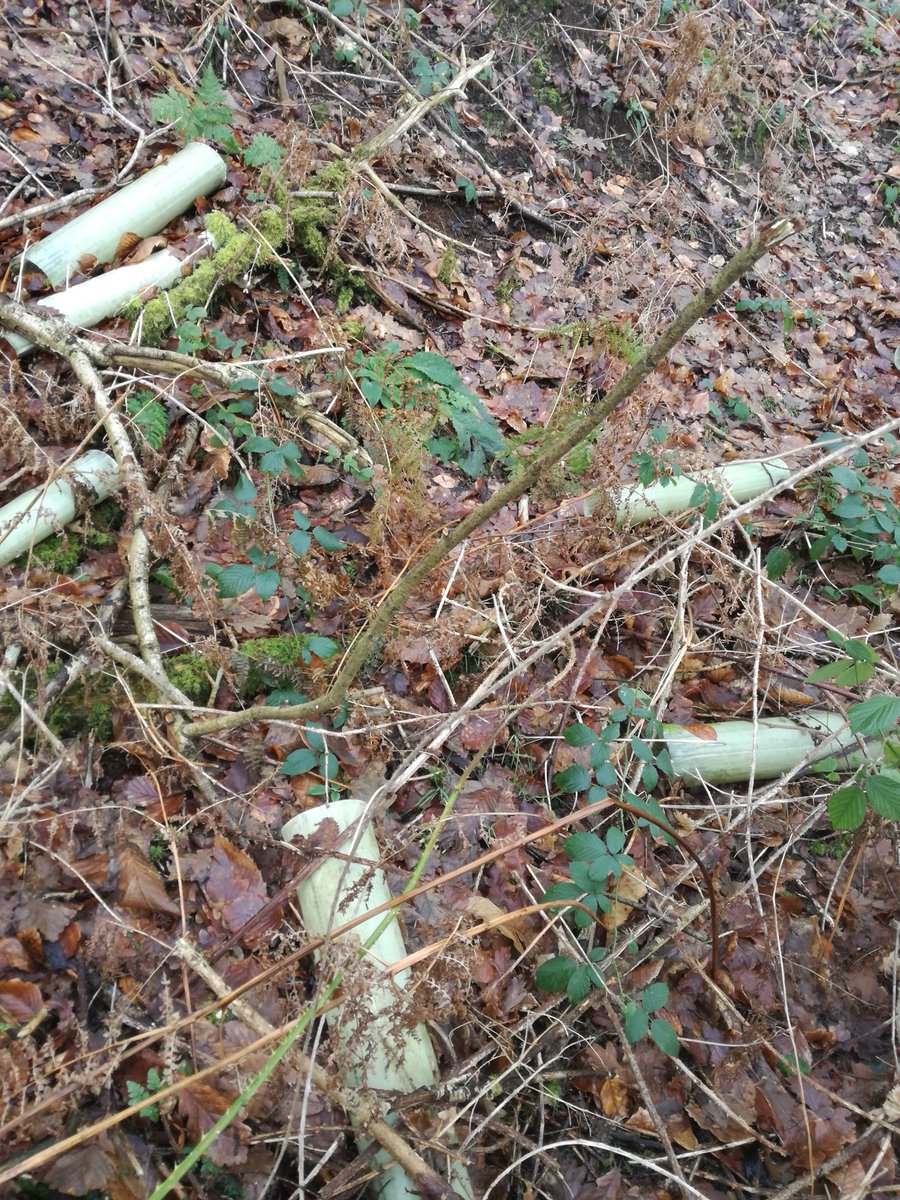
As we have few rabbits, virtually no voles (as its bracken litter) and precious few hares on the Bryn Arw, we're not using tree guards.
Fingers crossed!
Thanks for reading,
Keith
More from Climate change
The UK government's climate advisory body is launching its next carbon budget: basically, outlining what the UK can emit between 2033 and 2037. It's a big deal - launch video starting right now.
Watch along:
Will tweet along snippets. Pretty relevant to...............everything, really. #UKCarbonBudget
"Instead of being just a budget, it's a pathway we have to tread to reach net zero in 2050" @lorddeben
Just like quite a few other modelling exercises, CCC use a spectrum between behaviour change and between technological change. #UKCarbonBudget.
Both = best (just like @AEMO_Media's Step Change scenario in their ISP)

'Balanced' is what they use for their recs. "We're doing 60% of the emissions reductions in the first 15 years, and then 40% in the next".
The slinky kitty curve....good to see. No evidence of delaying action to Dec 29 2049, here. #UKCarbonBudget
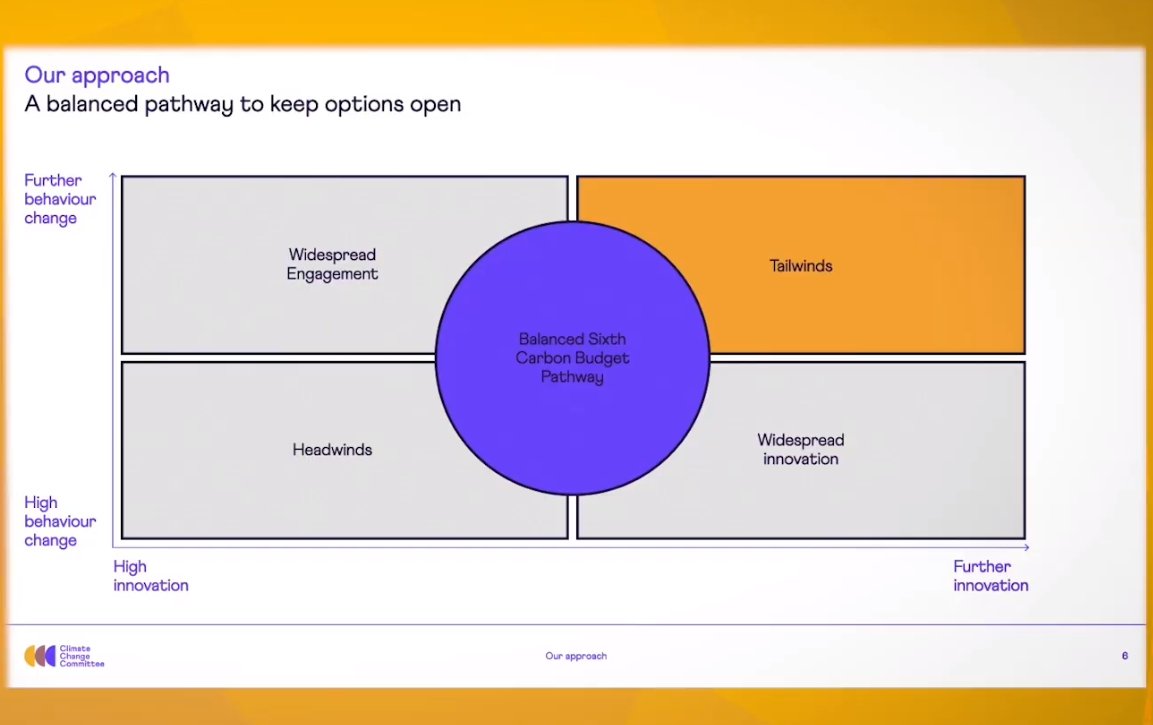
"By front loading, we're minimising the UK's contribution to cumulative emissions" - really important point. A slow path to net zero - more climate harm than a fast one. #UKCarbonBudget
Watch along:
Just 15 mins until the launch event for our new advice to Government on the Sixth Carbon Budget. If you haven\u2019t registered, you can watch live on YouTube from 10am. Link: https://t.co/PjlcIDSYEC #UKCarbonBudget pic.twitter.com/1zOTfmxDVp
— Climate Change Committee (@theCCCuk) December 9, 2020
Will tweet along snippets. Pretty relevant to...............everything, really. #UKCarbonBudget
"Instead of being just a budget, it's a pathway we have to tread to reach net zero in 2050" @lorddeben
Just like quite a few other modelling exercises, CCC use a spectrum between behaviour change and between technological change. #UKCarbonBudget.
Both = best (just like @AEMO_Media's Step Change scenario in their ISP)

'Balanced' is what they use for their recs. "We're doing 60% of the emissions reductions in the first 15 years, and then 40% in the next".
The slinky kitty curve....good to see. No evidence of delaying action to Dec 29 2049, here. #UKCarbonBudget

"By front loading, we're minimising the UK's contribution to cumulative emissions" - really important point. A slow path to net zero - more climate harm than a fast one. #UKCarbonBudget









